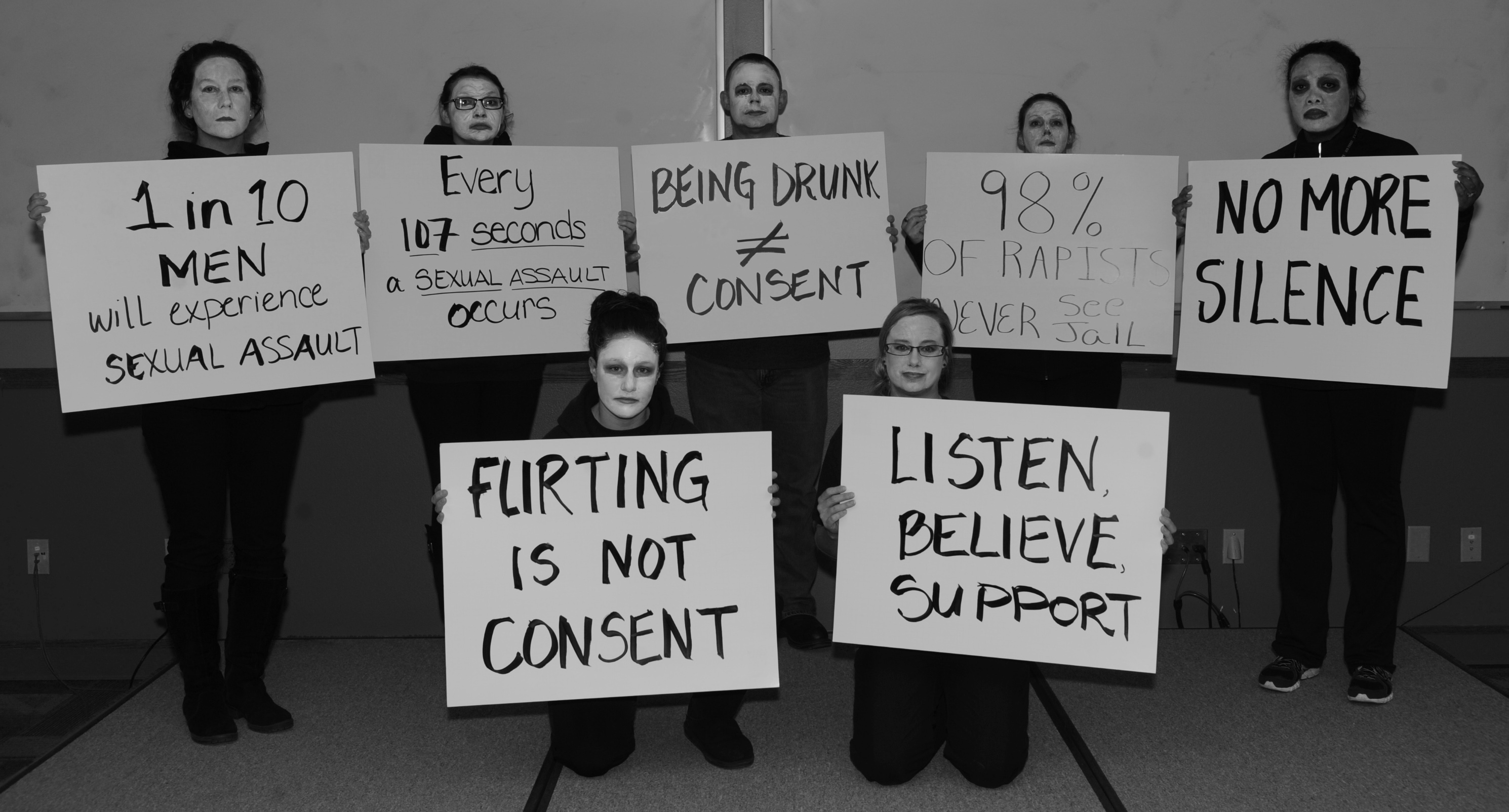
Department of Justice, Office of Justice Programs, Bureau of Justice Statistics, Rape and Sexual Victimization Among College-Aged Females, 1995-2013 (2014). ("Victim services agency” is defined in this study as a “public or privately funded organization that provides victims with support and services to aid their recovery, offer protection, guide them through the criminal justice process, and assist with obtaining restitution.” RAINN presents this data for educational purposes only, and strongly recommends using the citations to review any and all sources for more information and detail.) Association of American Universities (AAU), Report on the AAU Campus Climate Survey on Sexual Assault and Sexual Misconduct (January 17, 2020). David Cantor, Bonnie Fisher, Susan Chibnall, Reanna Townsend, et.Department of Justice, Office of Justice Programs, Bureau of Justice Statistics, Rape and Sexual Victimization Among College-Aged Females, 1995-2013 (2014).Each statistic includes a footnote citation for the original source, where you can find information about the methodology and a definition of terms.

Statistics are presented for educational purposes only. When assembling these statistics, we have generally retained the wording used by the authors. We have also relied on other Justice Department studies, as well as data from the Department of Health and Human Services and other government and academic sources. While NCVS has a number of limitations (most importantly, children under age 12 are not included), overall, it is the most reliable source of crime statistics in the U.S. Based on those interviews, the study provides estimates of the total number of crimes, including those that were not reported to police. To conduct NCVS, researchers interview tens of thousands of Americans each year to learn about crimes that they’ve experienced. The primary data source we use is the National Crime Victimization Survey (NCVS), which is an annual study conducted by the Justice Department. On RAINN’s website, we have tried to select the most reliable source of statistics for each topic. Sexual violence is notoriously difficult to measure, and there is no single source of data that provides a complete picture of the crime.

Only 20% of female student victims, age 18-24, report to law enforcement.2Ĭollege-Age Victims of Sexual Violence Often Do Not Report to Law Enforcementīecause this study allowed victims to cite more than one reason for not reporting to law enforcement, this statistic may not total 100%. 23.1% of TGQN (transgender, genderqueer, nonconforming) college students have been sexually assaulted.


Student or not, college-age adults are at high risk for sexual violence. 5.8% of students have experienced stalking since entering college.Among undergraduate students, 26.4% of females and 6.8% of males experience rape or sexual assault through physical force, violence, or incapacitation.
#COMPARE COLLEGES SEXUAL ASSAULTS PROFESSIONAL#
Among graduate and professional students, 9.7% of females and 2.5% of males experience rape or sexual assault through physical force, violence, or incapacitation.13% of all students experience rape or sexual assault through physical force, violence, or incapacitation (among all graduate and undergraduate students).Women Ages 18-24 Are at an Elevated Risk of Sexual Violence


 0 kommentar(er)
0 kommentar(er)
